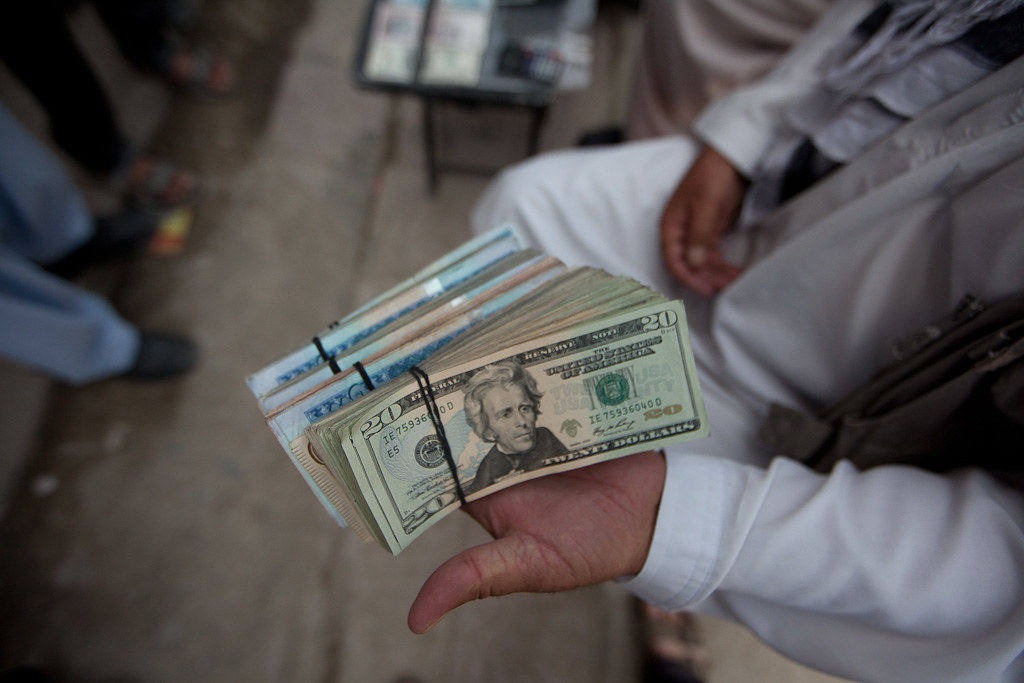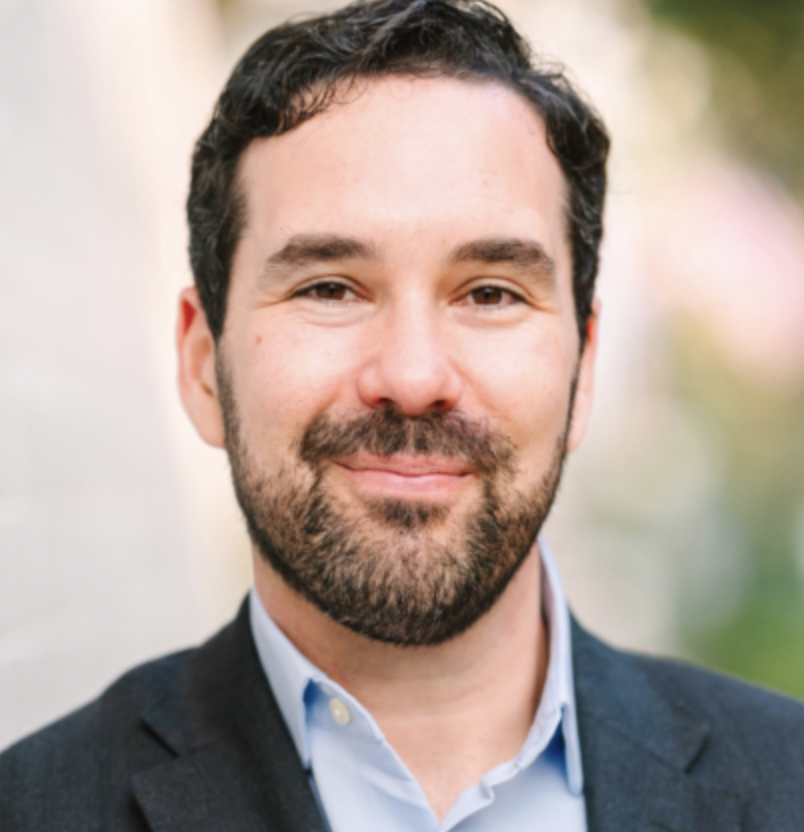What We Have and Haven’t Learned About Terrorism Financing
A review of Jessica Davis, “Illicit Money: Financing Terrorism in the 21st Century” (Lynne Rienner, 2021).

Published by The Lawfare Institute
in Cooperation With

A review of Jessica Davis, “Illicit Money: Financing Terrorism in the 21st Century” (Lynne Rienner, 2021).
***
Follow the money. That phrase is both tired and yet still essential when discussing counter terrorism financing in 2022. Policy attention shifted to this issue in the wake of the 9/11 terror attacks, and the public and private sectors mobilized to disrupt it. Terrorism financing threats spawned new bureaucratic institutions (like the Treasury Department’s Office of Terrorism and Financial Intelligence), repurposed military assets to target financial facilitators and even cash stockpiles, deputized the private sector to carry out financial monitoring and bring civil suits to defund terrorists, and empowered law enforcement to disrupt plots and prosecute terrorist financiers. The international community integrated the goal of countering terrorist financing into its architecture for countering financial crimes, especially using the intergovernmental Financial Action Task Force (FATF), which had previously focused on money laundering.
Unfortuantely, the collective understanding of terrorism financing remains highly fragmented and, given the sensational nature of terrorism, often anecdotal. In government bureaucracies, it’s a place for “specialists,” but that’s not often a compliment; popular culture caught on to the waning perception of counter terrorist financing when portraying it as a fictional CIA backwater, the Terror Finance and Arms Division (T-FAD), in the 2019 Amazon Prime Video series pilot of “Tom Clancy’s Jack Ryan.” With life imitating art in the same year, the FBI quietly shuttered the real Terrorist Financing Operations Section (TFOS), another post-9/11 creation, and spread its functions across other elements of the bureau’s Counterterrorism Division. The Taliban’s takeover of Afghanistan, the horrific Islamic State in Khorasan bombing of U.S. military personnel and Afghan civilians at the Kabul airport, and a recent U.S. special forces raid in Syria against the leader of the Islamic State in Iraq and Syria briefly reinserted terrorism and terrorist financing issues into public view, but that has largely faded as the public collectively moves on to other crises spanning Russia, Ukraine, North Korea and beyond.
Over the past two decades, terrorism financing matters have largely worked as the camel’s nose in the tent to achieve wider ranging policy goals on anti-money laundering (AML), counterproliferation, counternarcotics, cybersecurity and anti-corruption. The 2001 USA Patriot Act understandably focused heavily on countering the financing of terrorism to update the Bank Secrecy Act regime, a legal framework for financial institutions and governments to monitor and address financial crimes, but also included substantial AML reforms. The most recent overhaul, the Anti-Money Laundering Act of 2020, while providing necessary incremental improvement for countering terrorist financing, seeks to equip the U.S. financial system and government authorities for a fundamentally new era of financial threats centered on emerging technologies and nation-states. A Feb. 3 policy speech at the Union of Arab Banks by Elizabeth Rosenberg, the Treasury Department assistant secretary for terrorist financing and financial crimes, explicitly details how the Biden administration is moving beyond terrorist financing concerns to address “equally important” threats such as corruption.
Terrorist financing nevertheless remains a perennial security challenge that cannot and will not be ignored by policymakers. Fortunately, Jessica Davis has made a timely and wide-ranging contribution to the collective understanding of terrorism financing in her new book, “Illicit Money: Financing Terrorism in the 21st Century.”
Davis, a former Canadian intelligence analyst, takes readers on a global tour of terrorist financing. Her research—covering 55 terrorist organizations, 18 plots, and 32 attacks—meaningfully contributes to the shared knowledge of this security threat. Davis’s attention to detail and thorough research carries the book, making it both engaging to read and an essential reference guide for practitioners.
Davis’s research occurs during a renaissance moment for academic research on illicit finance threats, including with the recent publications by Julia Morse on FATF (“The Bankers’ Blacklist: Unofficial Market Enforcement and the Global Fight Against Illicit Financing”) and by Nicholas Mulder on economic sanctions (“The Economic Weapon: The Rise of Sanctions as a Tool of Modern War”). These new contributions supplement Davis’s extensive bibliography that itself is critical to understanding the broader illicit finance space and that builds on seminal practitioner works like Juan Zarate’s “Treasury’s War” (reviewed on Lawfare) and Colin Clarke’s “Terrorism Inc: The Financing of Terrorism, Insurgency, and Irregular Warfare.”
Policy Challenges Posed by Terrorism Financing
Common problems still plague efforts to detect and disrupt terrorism financing. The actual costs of carrying out terror attacks remain relatively small, especially as compared with other financial crime activities like multibillion-dollar sanctions evasion schemes, narco-trafficking rings, and corruption efforts. This reality hampers effective monitoring for terrorist financing in bank compliance programs and government financial intelligence units alike.
Davis rightfully identifies this “small data” problem, as well as steps that law enforcement, intelligence agencies, regulators, and financial institutions can take to address it, including by examining larger terrorist networks to find operational cells. As also seen in the economic sanctions space—for example, with the Treasury Department’s October 2021 sanctions policy review—policymakers can take a major step forward by holistically assessing the efficacy of efforts to counter terrorist financing over the past 20 years. Davis points out that “there are few empirical analyses of the effects of counterterrorist financing practices.” This necessary call to action should be heeded by policymakers to ensure that counter terrorist financing policies achieve their intended effects as part of broader policy goals; do not cause unintended effects like de-risking, the phenomenon of financial institutions terminating or restricting business relationships to avoid rather than manage risks; and have sufficient monitoring and review capabilities to differentiate between these effects.
Role of Emerging Technologies and Cryptocurrencies
The rise of privacy-enhancing technologies, including through encrypted messaging applications, financial technology (FinTech) platforms, and cryptocurrencies, adds another layer of complexity for analysts and policymakers both on operational matters and when evaluating the efficacy of governments’ efforts to counter terrorist financing. It is here that Davis makes relevant contributions grounded in data to refute popular conjecture and misconceptions.
On cryptocurrencies, for instance, Davis importantly observes that, “although terrorists have certainly been adopting [Bitcoin and cryptocurrency] since 2015, there has been no widespread sea change away from other fund movement mechanisms.” She then provides further necessary nuance: “However, the focus on digital and cryptocurrencies has eclipsed the actual trend, which is the increased use of financial technologies [like crowdfunding and digital remittance services] by all levels of terrorist actors to finance their activities.”
This analysis also underscores a critical difference between traditional finance—such as commercial banks and under-regulated hawala money services—and cryptocurrencies, with the latter having a level of public transparency, through public blockchain ledgers, that is mostly if not entirely absent in other types of financial service transactions. Some features of public ledgers may have greater investigative benefit for countering terrrorism financing and other malign activities. Because of that, terrorist actors may remain firmly in the traditional financial space.
Expanding Knowledge of Terrorist Financing
Davis makes an important contribution by expanding the focus of how terrorist groups raise, transfer, and spend money, to also explore how they store and invest assets. This enlarged aperture allows Davis to better unpack the organizational incentives of terrorist groups to invest assets as a means to grow resources and even hedge against inflation. Davis achieves this goal by “propos[ing] a common lexicon to describe the full range of activities in which terrorists engage in terms of financing.”
For an academically focused book, Davis takes admirably bold and clear policy positions. For instance, she rejects the concept of a “lone-wolf” terrorist because of the wider affinity networks, and sometimes financial networks, supporting radicalization. She repeatedly calls out white supremacist groups and identifies the growing domestic terrorism threat in the United States and elsewhere around the world.
Davis stays focused on terrorist organizations but recognizes substantial areas for her own future research and for other analysts to address. Most notably, Davis highlights the role of state sponsorship to terrorist organizations, which is a major source of revenue and political support, but leaves room for more directed analysis. Similarly, Davis unpacks the role of financial facilitators and co-opted intermediaries like bank officials who actively assist terrorist groups; here, Davis provides ample case studies that could be expanded into an entirely separate research inquiry.
However, one major area that is overlooked by Davis (and, candidly, others) is the role of civil litigation in stemming terrorist financing, in particular by holding financial institutions legally accountable as well as the specter of litigation as a driver for enhanced financial crimes compliance, including to counter terrorist financing. (I have worked on behalf of terrorism victims in this capacity.) While understandably opposed by defense attorneys and sometimes at odds with governmental authorities, terrorism victims and their lawyers have worked meticulously over the past two decades to understand terrorist financing networks, especially financial facilitators and intermediaries that Davis effectively identifies. While decidedly not state-centric, these contributions should be a meaningful part of analyzing terrorist financing. And relatedly, Davis’ research, while comprehensive, would benefit from greater inquiry into both civil and criminal court records, particularly in the United States, that provide a wealth of data about terrorist organization activities and their financial conduct.
As an analyst and investigator in private practice and the Treasury Department’s Office of Terrorism and Financial Intelligence, I would have benefited tremendously from Davis’s research. I am at least comforted that my former colleagues and other practitioners have this consolidated resource at their disposal, as Davis describes, for “understanding and analyzing financing mechanisms for terrorist and extremists groups.” Or put another way, to follow the money.



